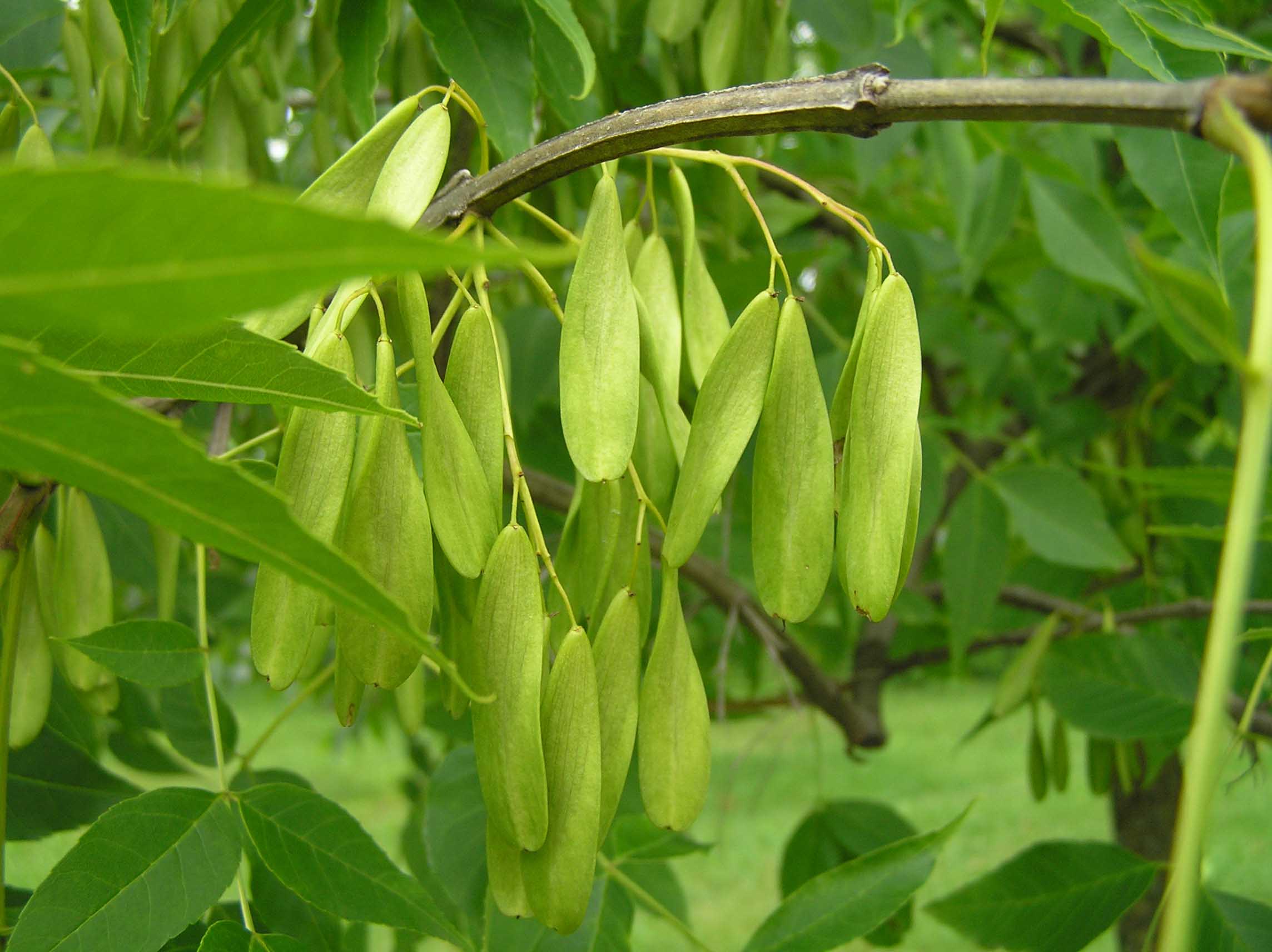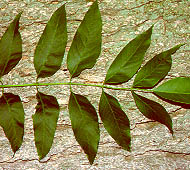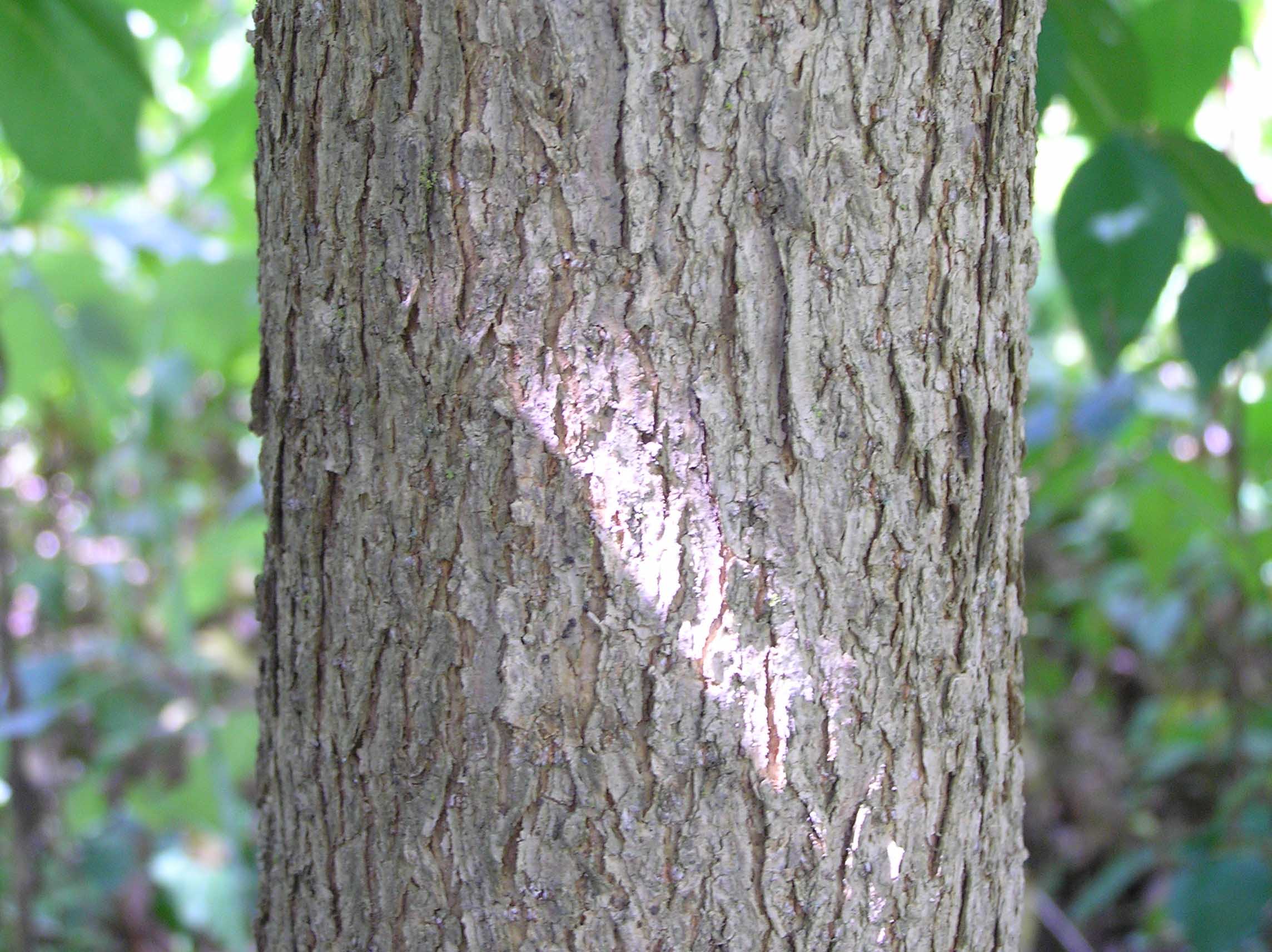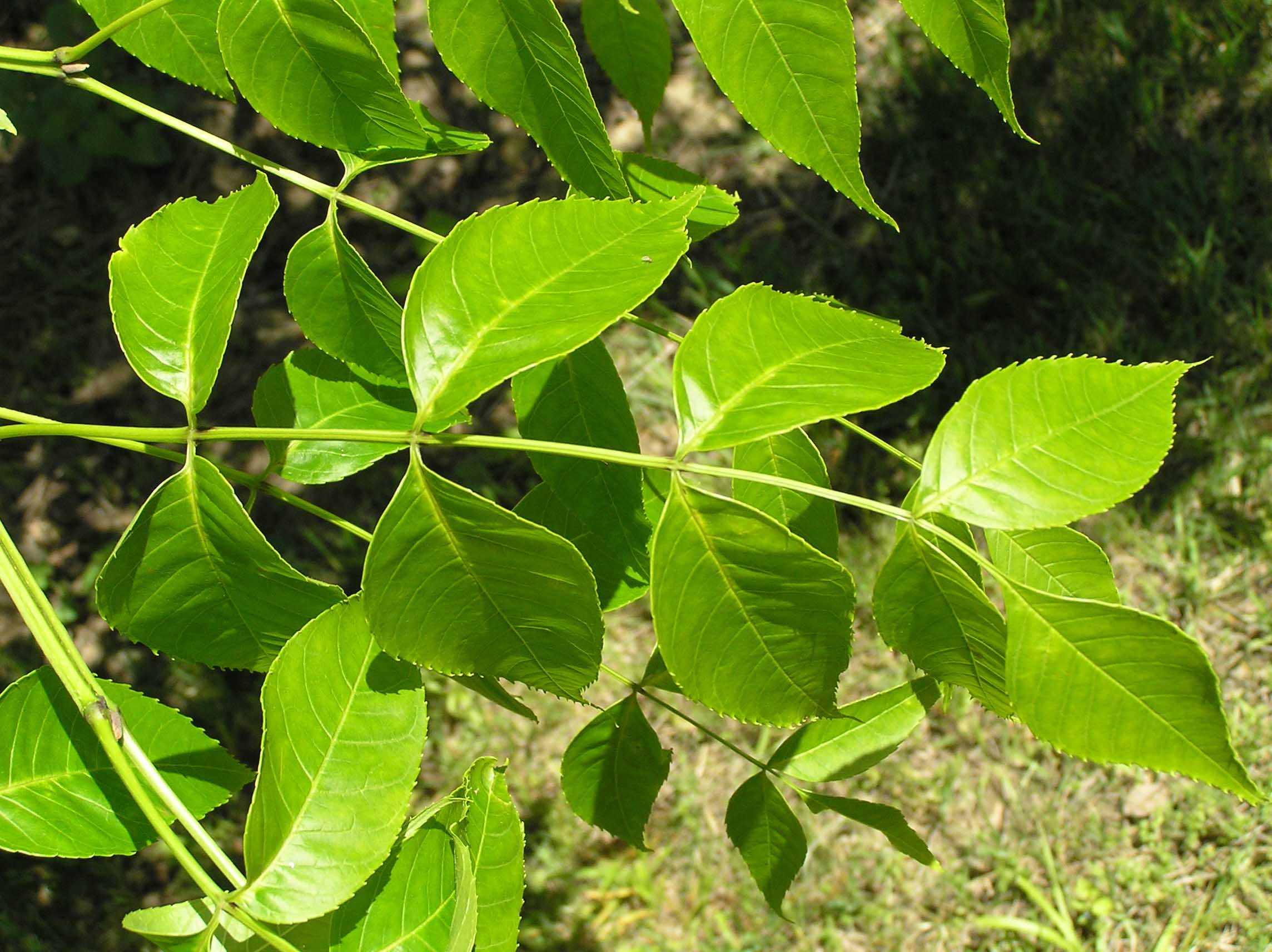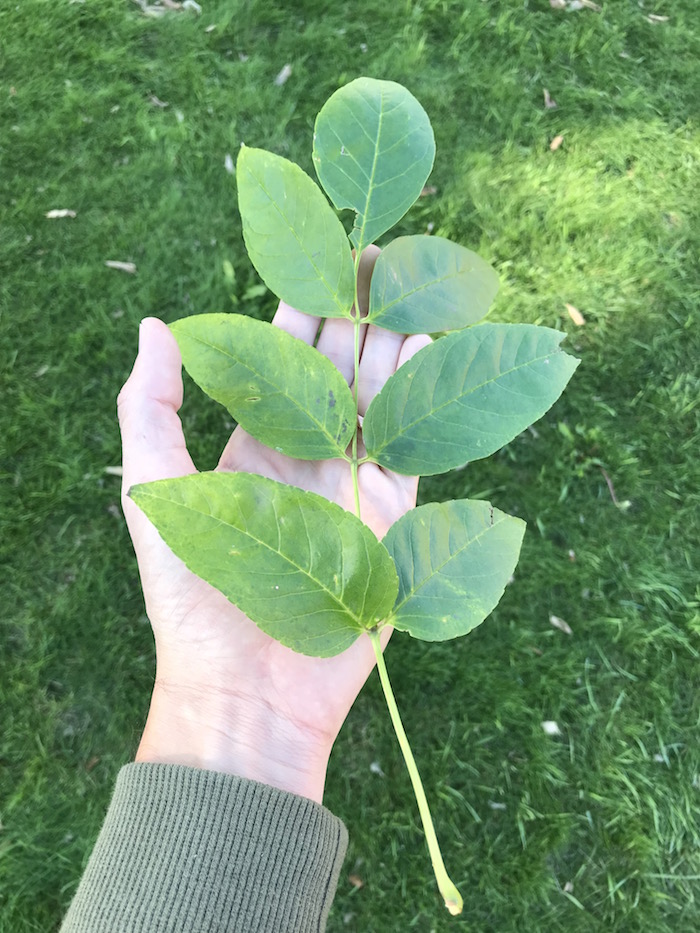blue ash tree identification
First look for the opposite. It is listed as Threatened and is protected under the Endangered Species Act 2007.
The leaves are 8 to 12 inches long with 7 to 11 leaflets 3 to 5 inches long oval or lance shaped and finely toothed margins.

. Ash Tree Identification. How To Identify Ash Tree Species From Other Ash Trees. Of the 200 species of conifers in North America pines redwoods firs spruces larches cypress and cedars are the most familiar ones.
Ash Tree Identification E2942 Ash species attacked by emerald ash borer include green Fraxinus pennsylvanica white F. Blue Ash is one of a handful of species in the Fraxinus genus that are used as commercial lumber. Blue ash is a relatively uncommon species of ash in Minnesota that has become even more uncommon due to the Emerald Ash Borer.
Quadrangulata as well as horticultural cultivars of these species. Young branches 4-angled often winged. Theres an opposite branching pattern two branches come off the primary stem one on each side and opposite one another.
The name conifer comes from the cones that grow on these trees as their form of fruit. The insects are responsible for the deaths of hundreds of millions of ash trees across the United States and Canada. Free easy returns on millions of items.
Green and white ash are the most commonly found ash species in the Midwest with blue ash being rare. Pumpkin Ash Leaves Fraxinus profunda The leaves of Pumpkin ash are a glossy green and can get up to 40 cm 157 in long and are odd-pinnate with 5-9 leaflets that are hairy on the bottoms. Ash have compound leaves with 5-9 leaflets per leaf.
Fruiting occurs early July through late August. Read customer reviews find best sellers. It is the only eastern ash with square twigs.
How to identify Eastern North American. It has complex leaves with 5-11 leaflets based on the specific species of ash. In this episode of ID That Tree Purdue Extension forester Lenny Farlee introduces the blue ashThis native Indiana ash species can be differentiated from other members of the ash family by corky edges on the twig more branches lower on the stem and a platy ashy gray bark.
If youre in the Midwest the Nashville Basin of Tennessee or the Bluegrass region of Kentucky youre likely to find blue ash trees. This species can be identified year-round. Free shipping on qualified orders.
Conifers broadleaf trees. Still few experts recommend planting any species of ash tree as landscape specimens at this time. An ash tree is effortlessly identified by.
The branches tend to point upwards and the leaves are leathery small about 2. Ash have opposite branching. Green Ash and Black Ash trees are preferentially attacked by the insects followed by White Ash and Blue Ash.
Greggs Ash Fraxinus greggii Greggs ash is the easiest to identify because its very different from the others. Blooming occurs throughout June. The blue ash Fraxinus quadrangulata is a medium to large-sized tree that is usually 40 to 60 feet tall but can attain a height of 150 feet with a trunk diameter of 3 feet.
In the Oleaceae olive family. It can be a very large tree up to 120 tall with very large leaflets to 20 cm long and the largest fruits of all native species. This species is native to the Chicago region according to Swink and Wilhelms Plants of the Chicago Region with.
Its leaves are lustrous above and often covered with fine reddish hairs beneath. Quadrangrandulata Blue Ash. Blue ash is a deciduous tree native to the midwestern USA.
It has distinctive 4-sided winged stems and gray platy bark. This tree will grow 50-60 feet tall with an oval to pyramidal form. Twigs are corky and distinctly four-sided hence the specific epithet.
Here are three key attributes of ash trees. In fact Blue Ash Ohio gets its name from the prevalence of this variety in the area whose logs contributed to many of the first buildings in the townMuch smaller than the white ash this species usually grows between 30 to 75 feet tall. Blue Ash Fraxinus quadrangulata a Wisconsin Threatened plant is found in rich upland hardwoods often with dolomite near the surface.
Ad Browse discover thousands of brands. Blue ash is one of the rarest species of ash trees in Ontario confined small patches on the islands and northern shores of Lake Erie and the floodplains of the Thames and St. The name quadrangulata actually means four-sided.
Blue ash a Midwest native is often found growing in limestone outcrops. Nigra and blue F. Trees can be divided into two easily recognizable groups.
It has the typical compound leaves of other ash trees but the new stems are 4 sided making it easy to identify. Photo From Here 5. The single leaves are oval but pointed at the tip.
It is actually an evergreen shrub with a round habit though you can train it into a tree. This means that branches are directly across from each other rather than. The blue ash is susceptible to the emerald ash borer EAB but it has a somewhat higher survival rate than other ashes possibly due to higher tannin levels that may make it a less appealing target.
Up to 20 m tall. Blue Ash Tree Leaves. Leaves are opposite and compound with 5-9 short-stalked ovate leaflets.
The leaflets may be smooth or toothed with a single bud at the end of the branch. Leaflets are somewhat toothed and might be stalked. Flowers are bisexual small and numerous emerging as purplish-green.
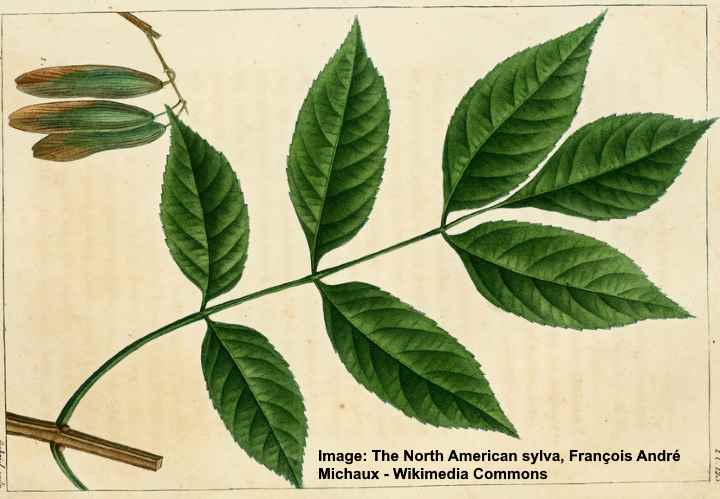
Ash Trees Types Bark And Leaves Identification Guide Pictures

Blue Ash Natural Resource Stewardship

Blue Ash Fraxinus Quadrangulata The Arboretum
Blue Ash Fraxinus Quadrangulata

Ash Tree Identification E2942 Msu Extension

4 Things You Didn T Know About The Blue Ash Hobby Farms
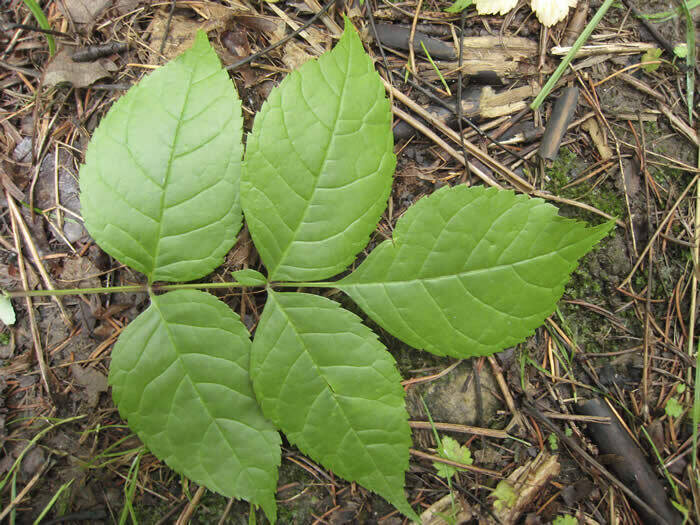
Blue Ash Fraxinus Quadrangulata The Arboretum

What Tree Is That Online Edition At Arborday Org
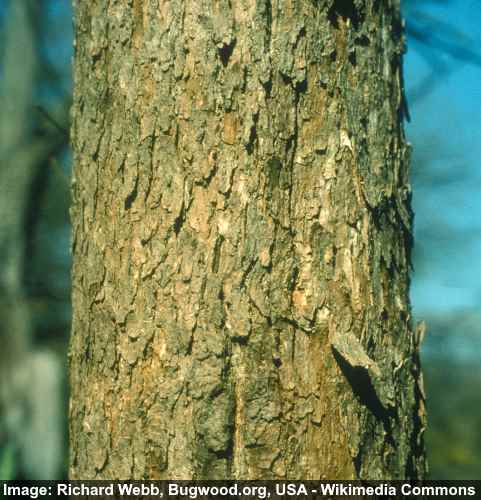
Ash Trees Types Bark And Leaves Identification Guide Pictures
/blue-ash-plant-profile-5074186-hero-e08a5f3211ed420ab51b1dd2e4145d05.jpg)
How To Grow And Care For Blue Ash

Compound Leaves Of A Green Red Ash B White Ash C Black Ash And D Download Scientific Diagram

Fraxinus Quadrangulata Landscape Plants Oregon State University
